| Copyright © Klaus Piontzik | ||
| German Version |
| At the end of the 19th century the
geologists W.L. Green and A. de
Lapparent compared the shape of the earth with a
tetrahedron. A similar comparison did in the sixties of the twentieth century B.L. Litschkow and N.N. Schafranowski with an octahedron. Litschkow published a little later the model of a dodecahedron and an icosahedron for the earth shape. In 1974 Nikolai F. Gontscharow, Wjatscheslaw S. Morosow and Walerij A Makarow published in the Russian magazine "Chimi-ja i Zisn" (chemistry and life, No. 3, March) the model of a dodecahedron of the earth. |
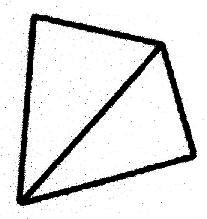 |
Tetrahedron end of 19. century |
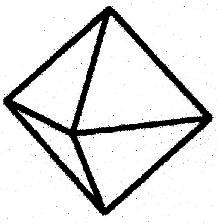 |
Octahedron In den 60. Jahre 20. Jh. |
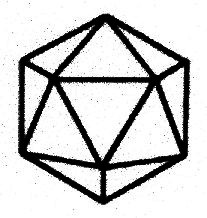 |
Icosahedron in the 60. years of 20. centur |
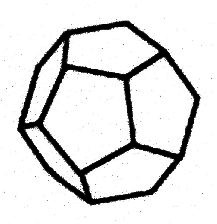 |
Dodecahedron 1974 1999 – S. Prumbach |
| Illustration 1.2.1 - 1.2.2 – polyhedron models of the earth |
| These polyhedron models of the earth were developed primarily by geologists. There is only one body missing to receive a certain set from bodies. |
 |
There is only the
cube missing to complete the Platonic
solids. Platonic solids are regular bodies which
are built up from regular bases. There exist only 5 Platonic solids as shown here. |
| Illustration 1.2.3 – cube |
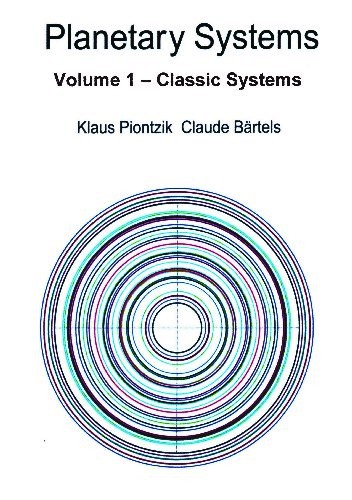
|
200 sides, 23 of them in color 154 pictures 38 tables Production und Publishing: ISBN 978-3-7357-3854-7 Price: 25 Euro |